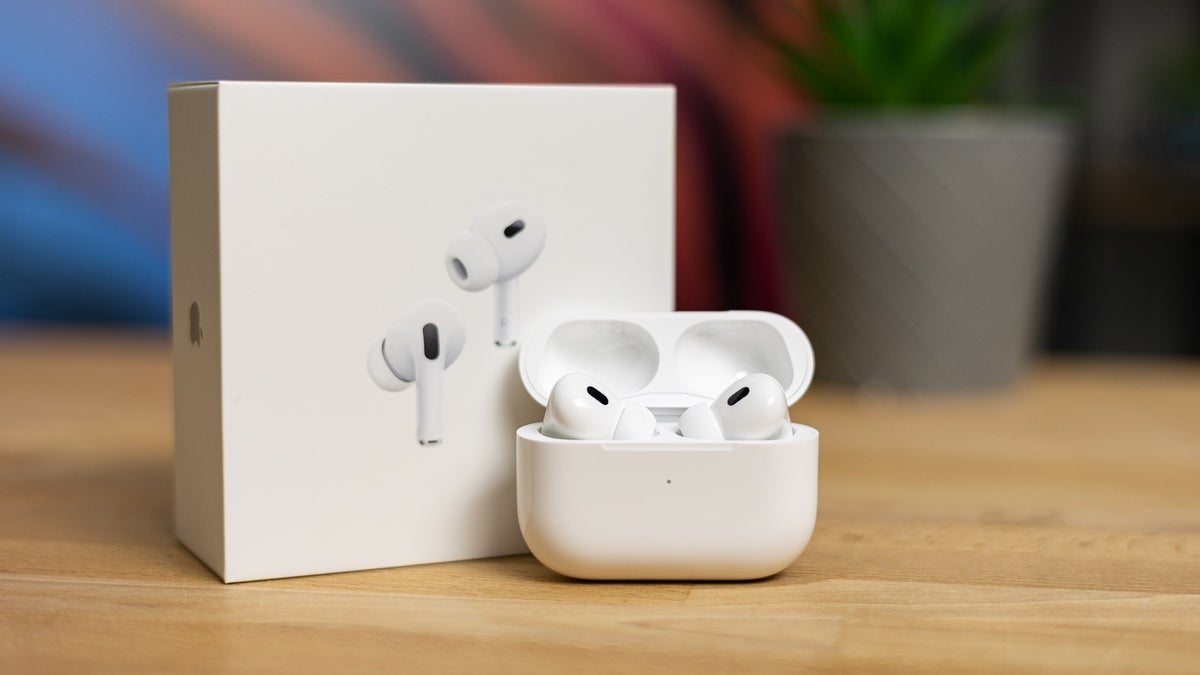The tech world is abuzz with whispers about the upcoming iPhone 17 Pro and Pro Max, and the focus is squarely on the camera. Rumors paint a picture of a significant upgrade, with a potential shift in sensor size adding an intriguing twist. Let’s delve into the details and explore what these changes could mean for photography enthusiasts.
One of the most exciting rumors circulating is the possibility of three 48-megapixel cameras gracing the back of both the iPhone 17 Pro and Pro Max. This would be a first for Apple, creating a truly powerful and versatile camera system. Imagine the possibilities: a high-resolution main lens, an equally sharp ultrawide, and a dramatically improved telephoto lens, all working in concert to capture stunning images.
Sources suggest that the main camera will feature a 48MP “Fusion” lens, accompanied by a 48MP ultrawide lens. But the real game-changer is the rumored upgrade to the telephoto lens. Currently at 12MP on the iPhone 16 Pro models, the jump to 48MP promises a significant boost in zoom capabilities and image quality, bringing distant subjects into sharp focus. Both the primary and telephoto lenses are expected to be hybrid glass-plastic designs, potentially offering a balance of optical performance and manufacturing efficiency.
Furthermore, the front-facing camera is also rumored to be receiving a substantial upgrade, jumping from 12MP to 24MP. This change, corroborated by multiple sources, suggests a significant improvement in selfie quality and low-light performance. Imagine clearer video calls and more detailed self-portraits, even in challenging lighting conditions.
However, a somewhat surprising detail has emerged regarding the main camera sensor. While the resolution is set to remain at 48MP, rumors indicate a slight reduction in sensor size, from 1/1.28″ on the iPhone 16 Pro models to 1/1.3″ on the iPhone 17 Pro. While the difference might seem negligible on paper, it raises some interesting questions.
In the world of photography, sensor size plays a crucial role in image quality. A larger sensor generally captures more light, resulting in better performance in low-light situations and a shallower depth of field. So, why would Apple opt for a slightly smaller sensor?
Several theories have emerged. One possibility is related to the rumored redesign of the camera module. Reports suggest a shift towards a rectangular or elongated oval shape, potentially constructed from aluminum rather than glass. This new design could impose space constraints, necessitating a slightly smaller sensor.
Another possibility is that Apple is focusing on other areas of the camera system to compensate for the slight reduction in sensor size. Advancements in image processing, lens design, or other hardware components could offset any potential drawbacks, ensuring that the overall image quality remains exceptional. It’s also worth noting that the difference in size is minimal, and might not translate to a noticeable difference in everyday photography for most users.
The rumors also touch upon the overall design of the iPhone 17 Pro models. Whispers of a redesigned back, incorporating both aluminum and glass, along with the new camera module design, suggest a significant aesthetic shift. This new design language, combined with the camera upgrades, positions the iPhone 17 Pro as a potentially groundbreaking device.
The iPhone 17 lineup is expected to launch in September 2025, following Apple’s typical release cycle. While these are still just rumors, the consistency and detail of the information coming from various sources make them compelling. If these predictions hold true, the iPhone 17 Pro and Pro Max could represent a significant leap forward in mobile photography, offering users an even more powerful and versatile tool for capturing their world. It will be interesting to see how these rumors develop and what Apple ultimately unveils in the fall of 2025.





